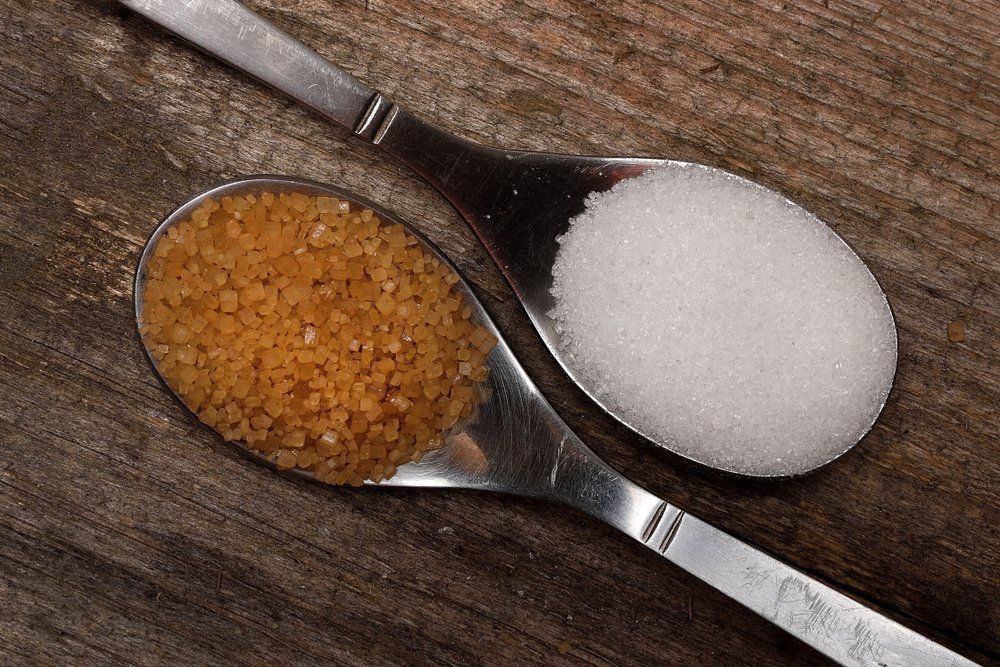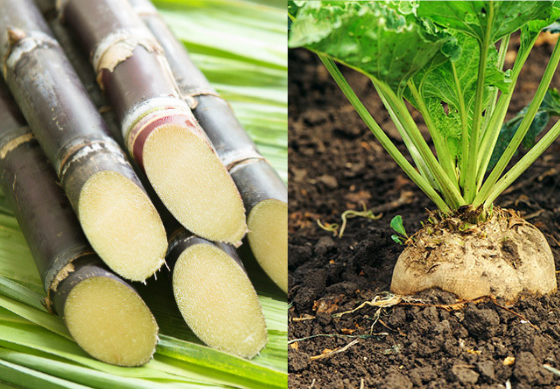Beet Sugar vs. Cane Sugar: Key Distinctions You Need To Know
The difference between beet sugar and cane sugar expands beyond their comparable chemical compositions; it includes their origins, production techniques, and possible health and wellness implications. While both kinds of sugar act as usual sweeteners, their divergent backgrounds-- beet sugar emerging in 19th century Europe and cane sugar mapping back to old Southeast Asia-- set the stage for a much deeper expedition of their production and nutritional accounts. Comprehending these distinctions might affect customer options in a market increasingly concentrated on wellness and sustainability. What subtleties might better educate your decisions on these sweeteners?
Origins of Beet Sugar
Although beet sugar has come to be a substantial player in the worldwide sugar market, its origins can be traced back to the very early 19th century when European scientists began checking out alternate resources of sugar. The zero hour took place in 1801 when German drug store Andreas Marggraf identified sugar in the white beet, a discovery that laid the foundation for subsequent study and commercial applications.
The process of refining beet sugar was more progressed by his trainee, Franz Karl Achard, that developed the first beet sugar manufacturing facility in Prussia in 1806. This innovation accompanied the Napoleonic Battles, throughout which trade interruptions brought about an increased need for domestic sugar production in Europe. beet sugar vs cane sugar. As an outcome, beet sugar acquired grip, especially in countries like France and Germany

Origins of Cane Sugar
Cane sugar, derived from the sugarcane plant, has an abundant background that goes back countless years, mostly in exotic areas where the plant grows. The earliest evidence of sugarcane farming can be mapped to New Guinea and Southeast Asia around 8,000 BCE. From these origins, understanding of sugarcane infect India, where it was first processed into crystallized sugar by the 5th century CE.
As trade routes created, sugarcane reached Persia, the Mediterranean, and eventually Europe, where it was initially pertained to as a luxury product. The development of sugar manufacturing took place during the Islamic Golden Era, which helped with the transfer of agricultural strategies and advancements. By the 15th century, the need for sugar surged, triggering European nations to establish ranches in the Caribbean and South America.
This shift not just changed the agricultural landscape of these areas yet also had substantial socio-economic ramifications, consisting of the reliance on enslaved labor. Cane sugar, when an uncommon asset, ended up being a staple in diet regimens worldwide, laying the structure for the worldwide sugar industry we identify today. Comprehending its origins is important for appreciating cane sugar's influence on cooking practices and economic climates.
Production Processes
The manufacturing for both beet sugar and cane sugar involve a number of vital steps that change basic materials right into the crystalline sweeteners typically made use of today. For beet sugar, the process starts with gathering sugar beetss, which are then cleaned and sliced into thin cossettes. These cossettes are subjected to warm water extraction, enabling the sugar to liquify. The resulting juice goes through filtration, commonly entailing lime and co2 treatment to remove contaminations. The cleared up juice is then concentrated via evaporation, and formation occurs as the syrup cools down. Ultimately, the sugar crystals are separated from the molasses and dried out.
In comparison, cane sugar manufacturing starts with the harvesting of sugarcane, which is crushed to remove the juice. While both share similarities, the source i was reading this material and certain techniques result in unique features for beet and cane sugars, influencing the choices of makers and consumers alike.
Nutritional Contrast
When comparing the dietary accounts of beet sugar and cane sugar, it is vital to acknowledge that both sugar are mostly composed of sucrose, resulting in comparable energy content and calorie values (beet sugar vs cane sugar). Both kinds of their explanation sugar commonly have regarding 4 calories per gram, making them equal in terms of energy arrangement
In addition to sucrose, both beet and cane sugars consist of trace amounts of nutrients; nevertheless, these quantities are negligible and do not significantly add to everyday dietary needs. Both may contain minute degrees of potassium, magnesium, and calcium, yet these are not existing in adequate amounts to supply any type of considerable wellness benefits.
Furthermore, the absence of fiber in both kinds of sugar emphasizes their duty as pure sweeteners instead of sources of nutrition. beet sugar vs cane sugar. While they might supply a quick source of energy, their absence of necessary nutrients stresses the relevance of small amounts in consumption
Ultimately, from a totally dietary perspective, beet sugar and cane sugar are practically tantamount, making the choice between both largely based on variables such as taste choice, accessibility, and environmental considerations.
Wellness Implications
While beet sugar and cane sugar share comparable nutritional profiles, their health and wellness effects necessitate consideration past mere structure. Both sugars are mainly composed of sucrose, which can bring about pop over to this site comparable metabolic impacts; extreme usage can add to excessive weight, diabetes mellitus, and heart diseases. However, the resource and production processes of these sugars might influence their overall health and wellness influence.
Beet sugar is usually created using questionable chemicals, such as phosphoric acid, which may leave trace residues. In contrast, cane sugar goes through a more traditional refining process, which has a tendency to be less chemical-intensive. The visibility of these deposits in beet sugar might increase problems for delicate populaces or those looking for to minimize chemical exposure.

Additionally, the cultivation techniques of sugar beetss and sugar cane may vary, with the previous often entailing even more intensive agricultural methods that can affect dirt health and biodiversity. This agricultural context might influence the more comprehensive wellness implications of sugar usage on a population degree.
Eventually, while both beet and cane sugars serve comparable roles in the diet regimen, customers must consider the subtleties of manufacturing and sourcing when making informed selections concerning their sugar intake.
Final Thought

While both types of sugar serve as typical sweeteners, their different histories-- beet sugar emerging in 19th century Europe and cane sugar tracing back to ancient Southeast Asia-- established the phase for a deeper exploration of their manufacturing processes and nutritional profiles.The process of refining beet sugar was further progressed by his pupil, Franz Karl Achard, that developed the first beet sugar manufacturing facility in Prussia in 1806.The production for both beet sugar and cane sugar involve several necessary steps that change raw products right into the crystalline sweeteners typically made use of today. For beet sugar, the procedure starts with harvesting sugar beetss, which are after that washed and sliced right into thin cossettes. The extraction processes further differentiate the two, with beet sugar making use of hot water extraction and cane sugar entailing squashing.